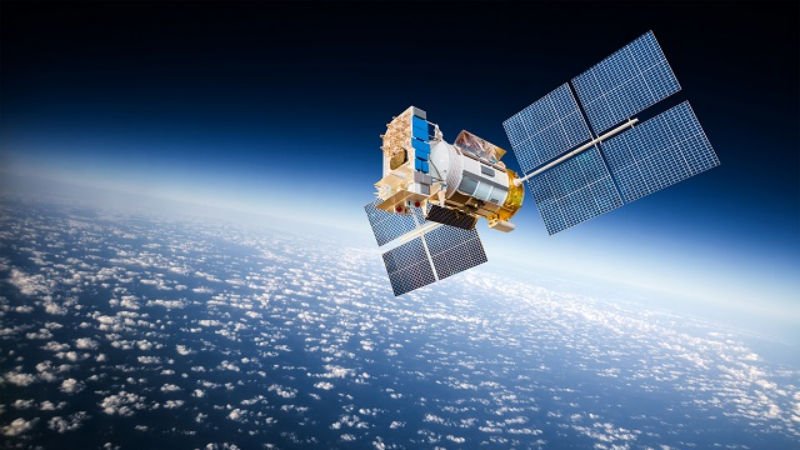As humanity expands its reach into the cosmos, the concept of habitable space stations emerges as a crucial element in our quest for interstellar exploration and living. These artificial habitats orbiting Earth or venturing deeper into space serve as stepping stones toward a future where humans can live and work in environments beyond our home planet. Join us as we explore the blueprint for habitable space stations, the technological innovations driving their development, and the vision they hold for the future of interstellar living.
The Genesis of Habitable Space Stations
1. Early Space Stations
The journey toward habitable space stations began with early ventures such as Skylab and Mir. These stations provided valuable insights into long-duration human spaceflight and the challenges of living and working in microgravity.
2. International Space Station (ISS)
The ISS, a collaboration involving space agencies from around the world, stands as a testament to international cooperation in space exploration. It has been a microgravity laboratory since its launch in 1998, fostering scientific research and technological advancements.
Key Components of Habitable Space Stations
1. Structural Elements
Space stations require robust structural elements to withstand the harsh conditions of space. Modules, trusses, and solar arrays contribute to the overall stability and functionality of these orbital habitats.
2. Life Support Systems
Sustainable life support systems are essential for providing astronauts with air, water, and nutrition. Advanced recycling technologies ensure efficient resource utilization for long-duration missions.
Beyond Low Earth Orbit: Lunar and Martian Habitats
1. Lunar Gateway
The Lunar Gateway, a proposed space station in orbit around the Moon, serves as a staging point for future lunar exploration and a gateway to deeper space missions.
2. Martian Habitats
Concepts for space stations orbiting Mars or situated on its moons are explored as precursors to human missions to the Martian surface, addressing the challenges of extended interplanetary travel.
Artificial Gravity and Centrifuge Modules
1. Counteracting Microgravity Effects
To mitigate the health effects of prolonged exposure to microgravity, researchers are exploring the incorporation of centrifuge modules that simulate gravity, offering a sense of up and down for inhabitants.
2. Rotating Habitats
The concept of rotating habitats creates artificial gravity by spinning entire space stations. This innovative approach provides a more natural living environment and addresses physiological challenges associated with extended space travel.

Interstellar Ark: Generation Spaceships
1. Vision for Interstellar Exploration
The concept of generation spaceships envisions self-sustaining habitats that can support multiple generations of inhabitants during interstellar journeys. Such spacecraft would need to provide everything required for human life over extended periods.
2. Fusion Propulsion and Advanced Technologies
Future interstellar living requires propulsion systems capable of reaching a significant fraction of the speed of light. Concepts like fusion propulsion and advanced technologies are explored to make interstellar travel a reality.
Private Sector Involvement
1. Commercial Space Stations
Private companies are entering the space station arena, with plans to develop commercial habitats for research, manufacturing, and tourism. These initiatives aim to expand human presence in space beyond government-led missions.
2. Collaboration and Competition
Collaboration between government space agencies and private companies, along with healthy competition, drives innovation and accelerates the development of habitable space stations for a variety of purposes.
Challenges and Solutions
1. Radiation Protection
Addressing the challenges of cosmic radiation exposure during extended space travel requires innovative shielding technologies to protect astronauts from the harmful effects of space radiation.
2. Psychological Well-being
Maintaining mental health during long-duration space missions is a significant consideration. Designing living spaces that prioritize psychological well-being and recreation is crucial for the success of future habitable space stations.
Ethical Considerations and Space Governance
1. International Collaboration
As human presence in space expands, international collaboration becomes essential to establish ethical guidelines, space governance, and protocols for responsible space exploration and habitation.
2. Preservation of Celestial Environments
Ensuring the preservation of celestial environments, such as the Moon and Mars, requires responsible practices to prevent contamination and minimize the impact of human activities on extraterrestrial ecosystems.
Conclusion
Habitable space stations represent humanity’s ongoing journey into the cosmos, offering a glimpse into a future where living and working beyond Earth’s boundaries is a reality. From the collaborative efforts on the International Space Station to the visionary concepts of generation spaceships for interstellar exploration, these artificial habitats hold the promise of expanding our presence in the universe. As technology advances, ethical considerations guide our actions, and the private sector contributes to the space ecosystem, the blueprint for habitable space stations becomes a cornerstone for the next chapter in our interstellar adventure. The vision of humans thriving in space, whether in Earth’s orbit, on the Moon, Mars, or beyond, invites us to dream of a future where the cosmos becomes an extension of our home.

